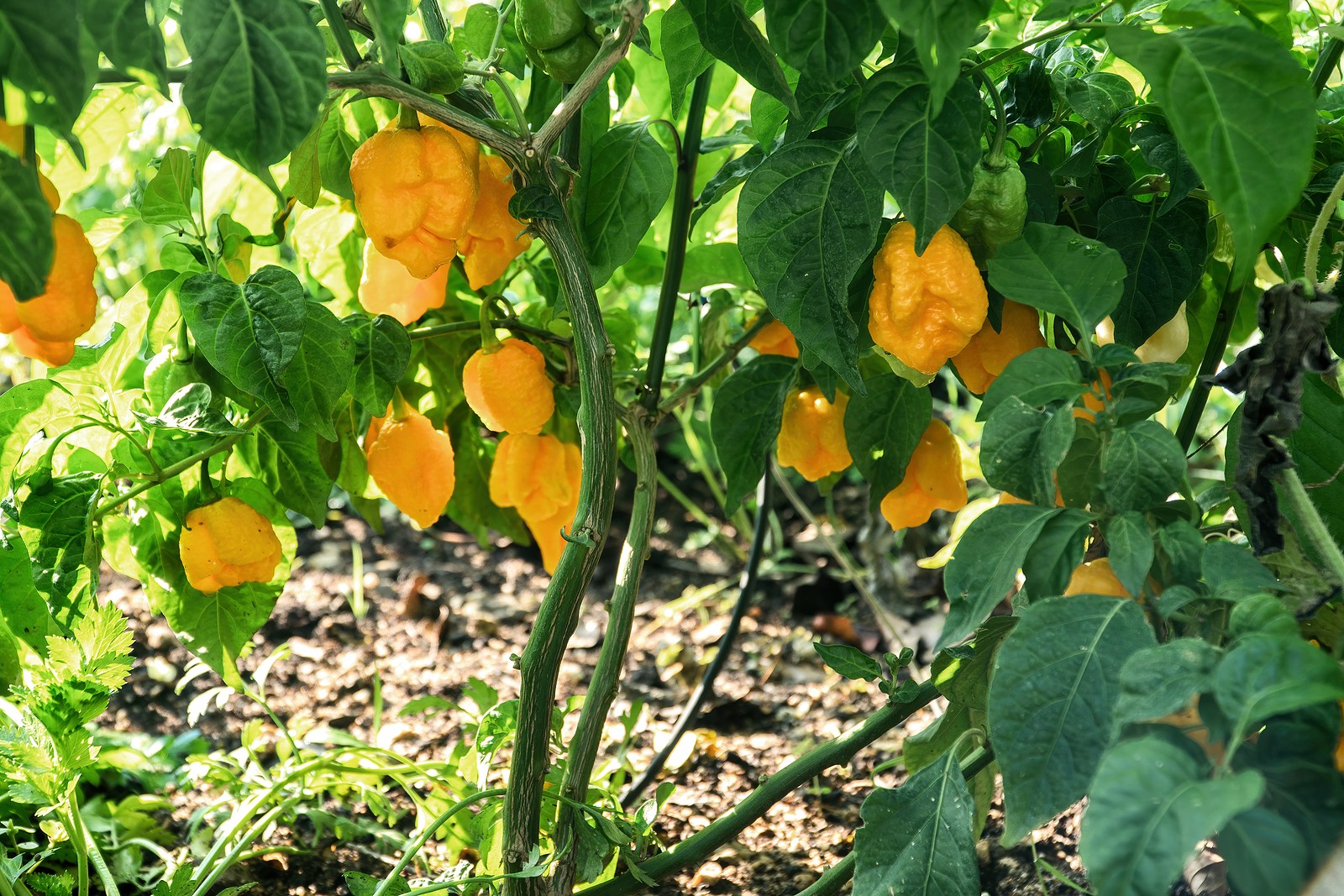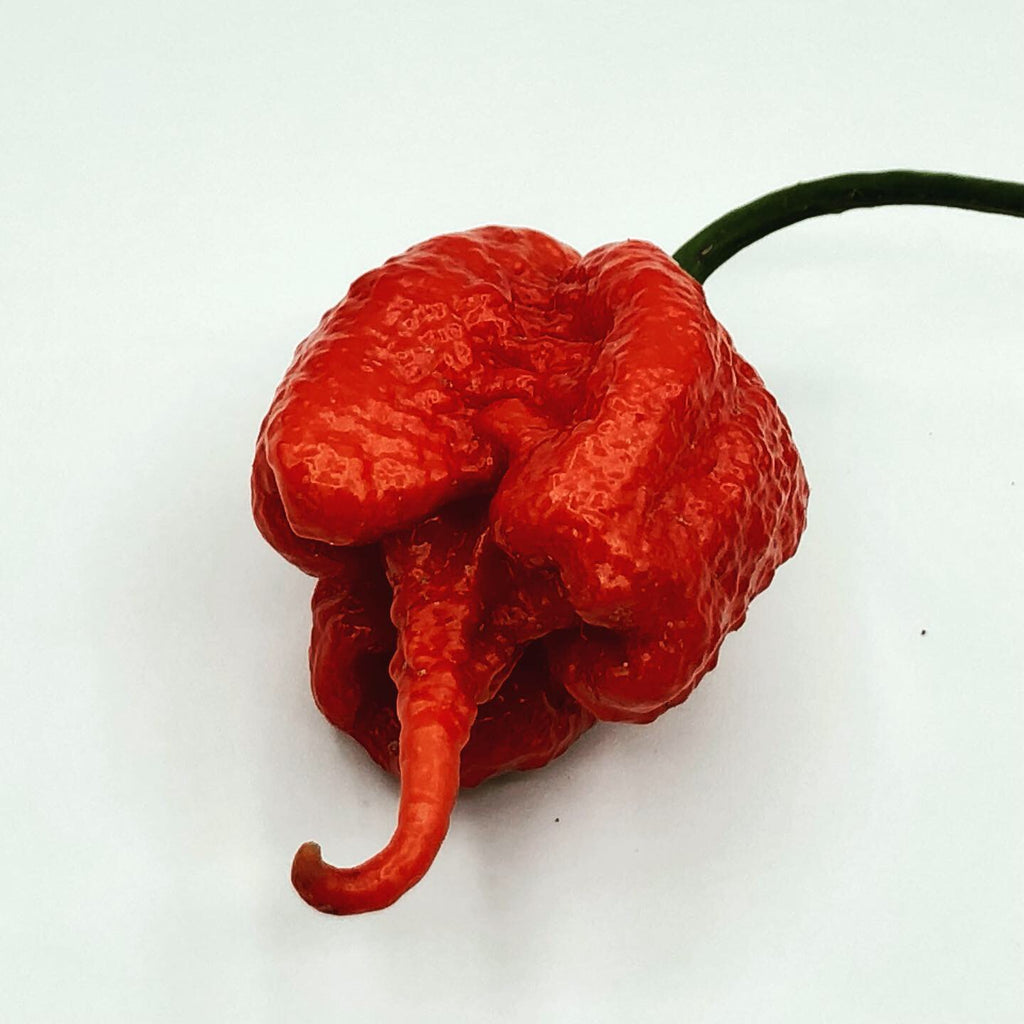

"I pretty much work on peppers all the time," Currie said. Currie says he'll harvest about 17 million peppers this year on his land in South Carolina and could make as much as $1 million selling the seeds and mixing his peppers into a paste that he sells to hot sauce companies. Technomic's data reflects that 2013 is the first year ever that a majority of Americans say they prefer hot or spicy sauces, dips or condiments.Īll this data is music to the ears of Ed Currie, an unrelenting grower of pepper pain and father of the Carolina Reaper. and you can see how salsa has pushed past ketchup as the nation's top-selling condiment. Red Robin rolled out a burger with a scorching ghost pepper sauce last year and, this week, unveiled its new Island Fire line, which features sandwiches and burgers with a habanero sauce.Ĭombine that with a rising Hispanic demographic - now making up 17 percent of the U.S. The leading brand of sriracha hot chili sauce sold 20 million bottles last year. From 2010 to 2012, the mention of the word "spicy" on fast food menus was up nearly 15 percent, according to food industry consulting firm Technomic. “We eat them all the time,” he said, with no ill consequences beyond pain.In the last few years, the average American has sought to add more spice to their meal and the food industry has obliged. On the one hand, he said, “People who eat whole Reapers are just being stupid.” But Smokin’ Ed, as he calls himself, also gave the impression that wasn’t such a bad thing. Reached by phone at the PuckerButt Pepper Company in Fort Mill, S.C., the Reaper’s creator, Ed Currie, offered mixed advice on pepper consumption. The Reaper was bred to reach record levels of heat. The new study does suggest that capsaicin, being investigated for its role in alleviating pain and lowering blood pressure, can have unexpected effects on certain people.Ĭayenne pepper pills and a capsaicin patch, sold in China and Turkey, have been blamed in medical reports for two nonfatal heart attacks in young men, the result of spasms in arteries.īut “we are not advising anything against the Carolina Reaper,” Dr. If that kind of headache hits you, it makes sense to seek medical attention “whether you’ve bitten into a pepper or not,” Dr. Newman, a neurologist and director of the headache division at NYU Langone Health, said, “On a one to ten scale, it’s off the charts.” And it can indicate the kind of stroke that results from bleeding in the brain. For one thing, there’s the pain, which seems to surpass even the normal effect of the peppers.ĭr.

The patient was fine, with no lingering damage, but thunderclap headaches are not to be dismissed. Measurements vary, but a really hot habanero might come in at 500,000 Scoville units. The Reaper has been measured at more than two million Scoville heat units, the accepted scale for how hot peppers are. “I was discussing the case with a nurse who had eaten three Carolina Reapers,” Dr. The Carolina Reaper is a popular pepper, and many people eat them and experience nothing worse than the desire to cut out their own tongues. Kulothungan Gunasekaran, one of the report’s authors, now at the Henry Ford Hospital in Detroit, said that for some reason the man must have been particularly sensitive to capsaicin. The scientific term for this temporary narrowing of arteries is reversible cerebral vasoconstriction syndrome.ĭr. Scans of his head and neck showed the kind of constriction in some arteries that can cause intense headaches, doctors reported on Monday in BMJ Case Reports. It passed, but over the next few days he experienced more thunderclap headaches - that’s the clinical term - so he sought medical attention.


 0 kommentar(er)
0 kommentar(er)
